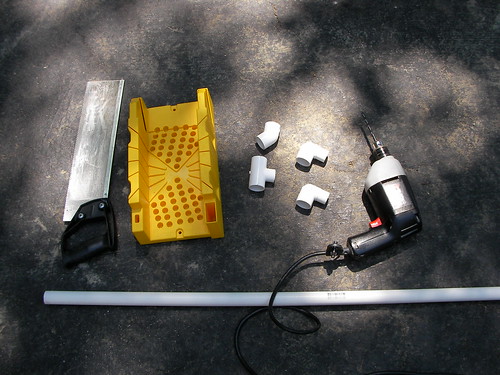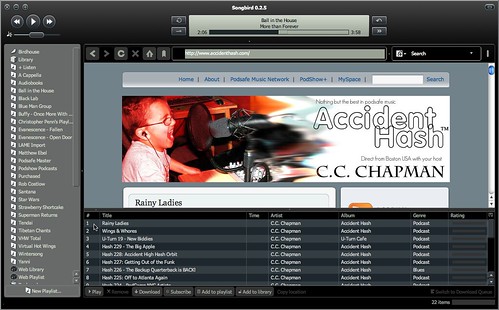Another fantastic seminar with master teacher Stephen K. Hayes has come to an end, and this one is even harder to put into words. Meditations, martial arts, and mind science all blended together for an eye-opening weekend. A few takeaways that I can put into words come to mind…
Second Life. Was there Second Life at the seminar? No. Second Life is a technology that came along about 600 years after the period we were studying, but Second Life provides something to many people that has not been previously available – the ability to visualize and see visualized other people’s internal mind images on a grand scale. During the guided meditation, we were asked to construct some mental images in our heads about the topics at hand, and I found myself creating imagery with greater ease than ever before, and much of it looked like stuff you’d see in world. Second Life has given me more mental flexibility to do that kind of internal vision work than I thought possible, and that was really eye opening.
Super powers. So many of the “deities” in Buddhism have ascribed attributes. This one on the mandala is the power of healing, this one over here is the power of compassion. In the Buddhist tradition, these things are archetypes – ideals, essences, distillations of the quality, as opposed to being an external entity. You wouldn’t ever go to a church to worship, say, Yoda or Superman, but you might in a time of crisis envision yourself having Yoda’s wisdom or Superman’s strength. The same is true of the Buddhist superheroes painted on these iconic images. One of the takeaways from the weekend for me was not just learning about a particular superhero power or quality, but making use of it, bringing it out of your head and into the world so you can generate results with it.
Think about it this way – how selfish would it be, if you had X-Ray vision or could fly or bullets couldn’t harm you, to simply live a quiet life and not make use of those powers for good? We talked a lot this weekend about the state of the world, about how fast the world is changing, and not necessarily for the better. We in new media have super powers. We can talk to thousands, millions of people with the push of a button. We can gain “telephathic” insights into our friends’ inner thoughts with an RSS reader, know where they are via Twitter and other location-aware devices. We can see life through their eyes via Flickr, YouTube, Blip.tv, and more. In olden times, the ability to see from afar was called remote viewing, or clairvoyance. Now it’s called UStream.tv. The ability to foresee the future like a Jedi or Sith seemed magical 30 years ago when George Lucas put Star Wars on the big screen. Today, you only need aggregate multiple data sources, and patterns emerge that might as well be a map.
YOU are the superhero, or have the potential to be and the tools to do it with, right now. You don’t have to become a black belt in a martial art, or spend decades meditating in a cave somewhere. Just turn on your computer, connect to the Internet, and you have tapped into your power source. You have activated your superpowers. You can save lives with your powers, you can make the world a better place, or you can advance its destruction. Choose wisely.
Human technology. The Internet is the great leveler. It’s the great equalizer, if we let it be. The power of the Internet has made some careers and lives and broken others. Most importantly, it allows us to connect to each other, to organize, to share, to grow, and to be greater than the individual. The power of our network is spectacular when you step back, when you stop letting life’s mundane chores and daily grind blind you to your powers. The same technologies are available to everyone who connects (for the most part). Jewish? RSS works for you. Muslim? RSS works for you, too. American? A blog post by an American has the same technological foundation, broadly speaking, as a blog post by a Russian, Australian, or Kenyan. The Internet isn’t a group’s technology, it’s human technology. It’s all of ours.
One thing that has always stood out to me was an experience I had in 1993, at a Billy Joel concert. The energy of that concert was unbelievable, at Nassau Colliseum, not far from where Joel grew up. At the end of the night, he sang his signature piece, Piano Man, for a crowd of 30,000, and nearly everyone in the audience sang along. 30,000 people unified their thoughts, words, and actions together to sing this one song and the energy and power of that moment was awe-inspiring. I thought to myself afterwards, imagine the potential that humanity has if we could unify like that for longer, on a bigger scale. What would we be capable of?
The same thought repeats in my head now. What could we do together – what heights could we achieve, if we stop thinking of ourselves as small little individuals in a hostile world, and take charge of our experiences of life? What could we BE if we are all together working for good, fully awakened to our powers, fully able to tap into them?













